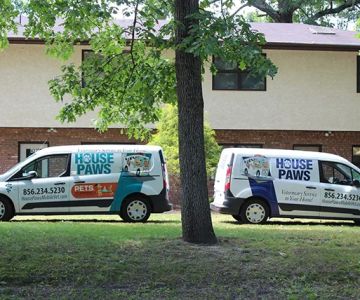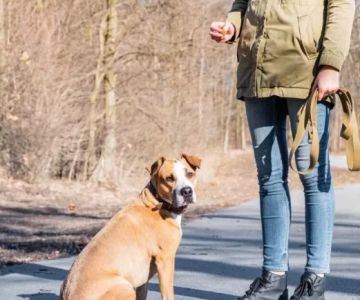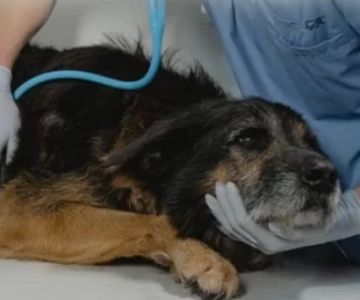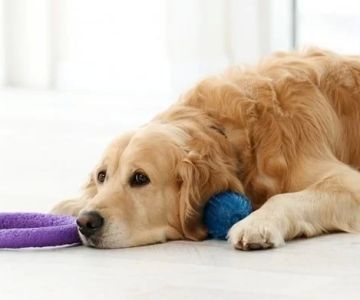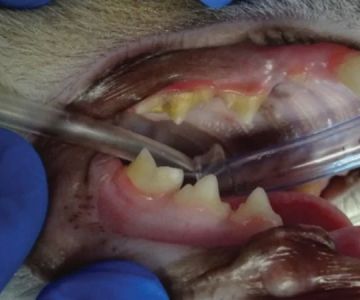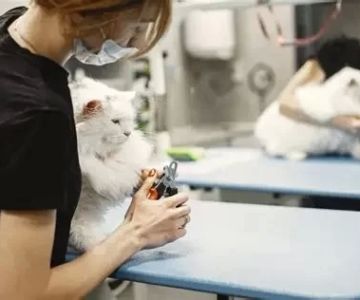Puppy House Training Solutions – Effective Methods to Train Your Puppy
- 1. Why House Training Is Important for Your Puppy
- 2. Key Elements of House Training
- 3. Best Puppy House Training Methods
- 4. Common House Training Challenges and Solutions
- 5. Real-Life Puppy Training Case Study
- 6. Final Tips for Successful House Training
1. Why House Training Is Important for Your Puppy
House training is one of the first and most important steps in raising a puppy. It’s essential for ensuring that your home stays clean and that your puppy learns good habits from an early age. Effective house training sets the foundation for a well-behaved dog and prevents accidents and confusion as they grow older.
Properly trained puppies are also easier to manage when it comes to outings, travels, and socializing. By teaching your puppy where and when to go, you’re creating a safe and comfortable environment both for them and for you as a pet owner.
2. Key Elements of House Training
Successful house training for puppies involves a few key elements that help guide the learning process:
1. Consistency
One of the most important aspects of puppy house training is consistency. Puppies thrive on routine, and being consistent in your training methods will help them learn faster. Make sure to take your puppy outside at regular intervals and after specific activities like eating, drinking, or playing.
2. Positive Reinforcement
Using positive reinforcement is crucial in teaching your puppy what behaviors are desirable. Praise, treats, and affection will motivate your puppy to repeat the good behavior. Always reward your puppy immediately after they go outside to reinforce the connection between their actions and the reward.
3. Patience
House training takes time, especially for younger puppies. Be patient with your puppy and avoid punishment for accidents. Puppies are learning the ropes, and mistakes are a normal part of the process. Understanding this will help reduce frustration and foster a positive training experience.
3. Best Puppy House Training Methods
There are several effective puppy house training methods to choose from. The best method depends on your puppy's temperament and the living situation. Here are some top approaches:
1. Crate Training
Crate training is one of the most widely recommended methods for house training a puppy. A crate provides a safe and comfortable space for your puppy when you’re not around, and it helps them learn to hold their bladder. Puppies naturally avoid soiling their sleeping area, which makes the crate an effective tool for potty training.
2. Potty Pads
For puppies who are not yet ready for outdoor potty breaks, potty pads can serve as an intermediate solution. Place the pads in a designated area and encourage your puppy to use them. Gradually move the pads closer to the door, and eventually outside, to help transition your puppy to outdoor potty breaks.
3. Outdoor Potty Training
Once your puppy is able to go outdoors, take them to the same spot every time. This consistency helps them associate that area with going to the bathroom. Reward them with praise and treats right after they go outside. It’s essential to take your puppy out frequently and at consistent intervals, especially after meals and naps.
4. Common House Training Challenges and Solutions
House training is not always a smooth process, and many puppy owners face challenges along the way. Here are some common issues and how to solve them:
1. Accidents in the House
Accidents are normal, but consistency is key to minimizing them. If your puppy has an accident indoors, clean it up thoroughly to avoid lingering smells that might encourage them to go there again. Avoid punishment and focus on reinforcing good behavior with positive reinforcement.
2. Difficulty Holding It
If your puppy is having trouble holding their bladder, you may need to adjust the frequency of potty breaks. Ensure that you’re taking your puppy outside at the right times, and remember that puppies have smaller bladders than adult dogs, so they may need more frequent trips outside.
3. Picky Potty Spots
Some puppies may be reluctant to go potty in certain outdoor areas. In such cases, be patient and gradually introduce them to different spots until they find one they’re comfortable with. You can also use treats to reward your puppy when they go potty in the designated area.
5. Real-Life Puppy Training Case Study
One of our clients, Sarah, had a 3-month-old Golden Retriever puppy named Max. She initially struggled with potty training, as Max would frequently have accidents indoors. After a few weeks of frustration, she decided to implement crate training. She placed Max in a crate during the day and took him outside every few hours. Within a few weeks, Max started to get the hang of it, and accidents became less frequent. This case highlights how crate training can help with house training and how consistency and patience lead to success.
6. Final Tips for Successful House Training
Here are some final tips to ensure your puppy’s house training success:
- Set a Routine: Puppies thrive on routines. Set regular times for feeding, potty breaks, and crate time to help your puppy learn faster.
- Supervise Your Puppy: Keep an eye on your puppy when they’re indoors. Supervision prevents accidents and helps reinforce good habits.
- Stay Positive: Celebrate small victories and keep training sessions short and positive. A happy puppy is a fast learner.
With the right approach, you can successfully house train your puppy and ensure they grow up to be a well-mannered and healthy dog. For more puppy house training solutions and expert advice, click here to learn more about our training resources.


